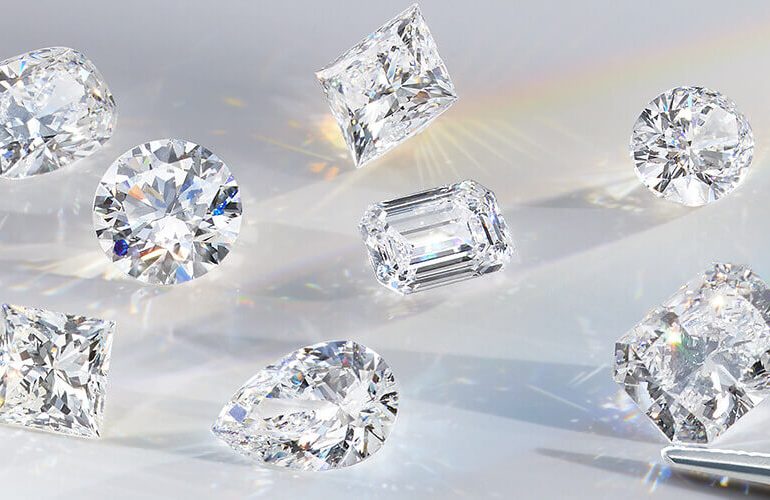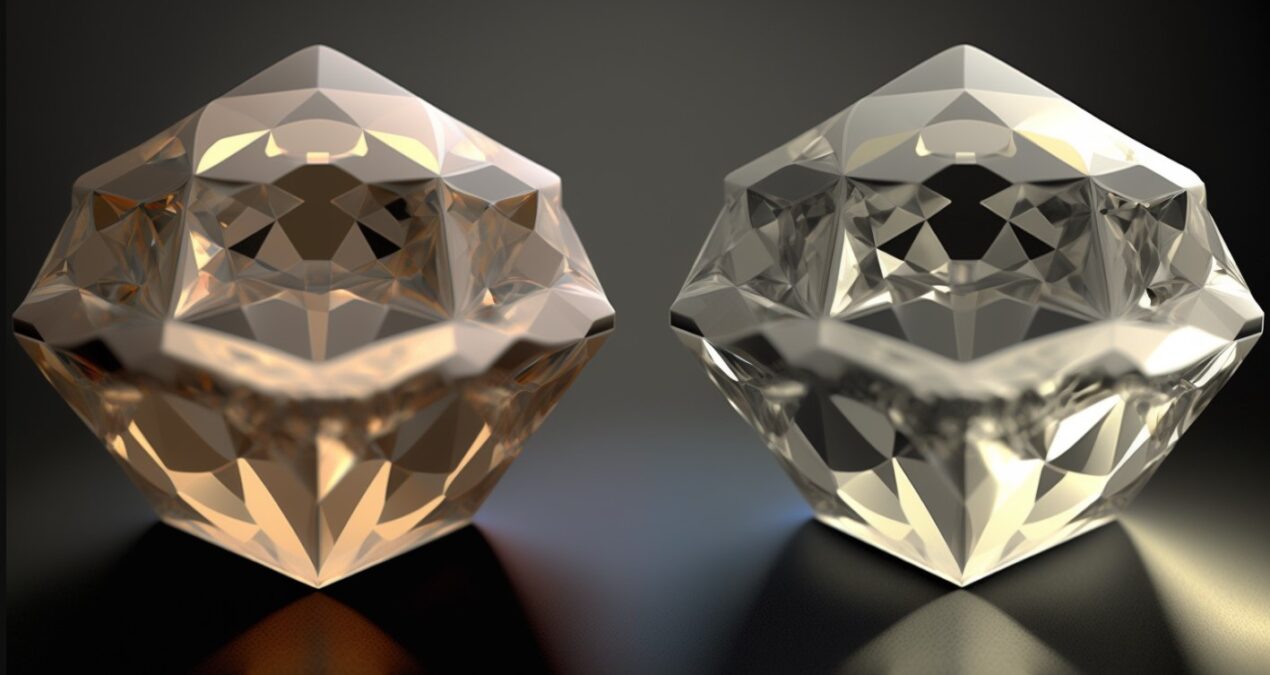Lab-grown diamonds, also known as synthetic diamonds, have sparked a revolutionary change in the jewelry industry, bridging cultural preferences with ethical and sustainable practices. While diamonds have long held a symbolic and aesthetic appeal across various cultures, the advent of lab-grown diamonds is reshaping the way we view luxury, tradition, and environmental responsibility.
Table of Contents
Diamonds Across Cultures: A Symbol of Value and Commitment
Diamonds have been cherished in cultures worldwide for their beauty and rarity. In Western societies, they symbolize eternal love and commitment, epitomized by their role in engagement rings. In India, diamonds hold historical significance, once used in royal regalia and temple decorations. Chinese traditions, though less centered on diamonds historically, now embrace them as a sign of modern prosperity and romance. Across African nations, diamonds have played dual roles—as cultural treasures and sources of controversy due to the rise of “blood diamonds.”
While cultural interpretations of diamonds vary, the universal allure lies in their luster, durability, and symbolism. However, traditional diamond mining has faced increasing scrutiny for its environmental damage, human rights violations, and high costs, paving the way for lab-grown alternatives.
What Are Lab-Grown Diamonds?
Lab-grown diamonds are created in controlled laboratory environments using advanced technological processes that mimic the natural diamond formation beneath the Earth’s crust. Two main methods, High Pressure High Temperature (HPHT) and Chemical Vapor Deposition (CVD), produce diamonds chemically, physically, and optically identical to mined diamonds.
Unlike simulants such as cubic zirconia or moissanite, lab-grown diamonds are genuine diamonds. Their production, however, sidesteps the environmental degradation and ethical dilemmas associated with mining, offering a sustainable alternative without compromising quality.
Cultural Adaptation of Lab-Grown Diamonds
As awareness of sustainability grows, cultures and lab grown diamonds worldwide are adapting to the concept of lab-grown diamonds. Younger generations, especially millennials and Gen Z, prioritize ethical consumerism. Lab-grown diamonds align with these values, combining luxury with sustainability.
- Western Markets: Lab-grown diamonds are gaining significant traction in Western countries where consumers are increasingly eco-conscious. Brands highlight their ethical production methods to appeal to modern values of transparency and sustainability.
- Asian Influence: In India, the world’s largest diamond-cutting hub, lab-grown diamonds are finding acceptance for their cost-effectiveness and ethical appeal. Chinese consumers, too, are embracing lab-grown diamonds, viewing them as innovative and stylish.
- Middle Eastern Trends: In the Middle East, where opulence is often synonymous with tradition, lab-grown diamonds are emerging as a high-quality yet sustainable option for jewelry, especially in urban centers.
Advantages of Lab-Grown Diamonds
- Sustainability: Lab-grown diamonds have a significantly lower carbon footprint compared to mined diamonds, conserving ecosystems and reducing energy consumption.
- Ethical Production: Without the ethical concerns of child labor or unsafe working conditions often associated with mining, lab-grown diamonds provide a conflict-free guarantee.
- Affordability: These diamonds are typically 20–40% less expensive than mined diamonds, making luxury more accessible.
- Customizability: Lab environments allow for precise control over a diamond’s characteristics, enabling bespoke creations.
Challenges in Widespread Acceptance
Despite their benefits, lab-grown diamonds face some challenges:
- Cultural Resistance: In cultures where mined diamonds symbolize tradition and heritage, lab-grown options may be perceived as less prestigious.
- Market Differentiation: Educating consumers about the identical nature of lab-grown and mined diamonds is vital to overcoming skepticism.
- Investment Value: Mined diamonds are often seen as an investment, whereas lab-grown diamonds typically do not retain resale value.
Future of Lab-Grown Diamonds in a Cultural Context
The future of lab diamonds looks promising as global mindsets shift towards sustainable luxury. Cultural acceptance will likely grow as education and awareness campaigns emphasize their ethical advantages and innovative appeal. Additionally, as technological advancements reduce production costs, lab-grown diamonds may become a universal symbol of accessible and responsible luxury.
In a world increasingly shaped by environmental consciousness, lab-grown diamonds represent a harmonious blend of tradition and modernity. By respecting cultural values while advocating for ethical practices, these gems are poised to redefine the sparkle of the diamond industry for generations to come.
Lab-grown diamonds are more than just an alternative; they are a movement reflecting the evolving values of cultures worldwide. Whether as symbols of love, status, or sustainability, their brilliance transcends the traditional narrative, opening a new chapter in the story of diamonds.




